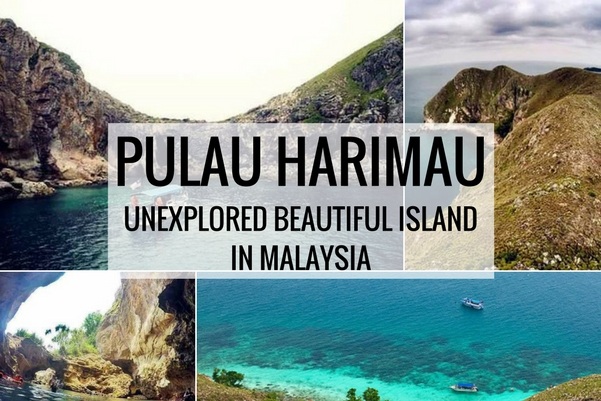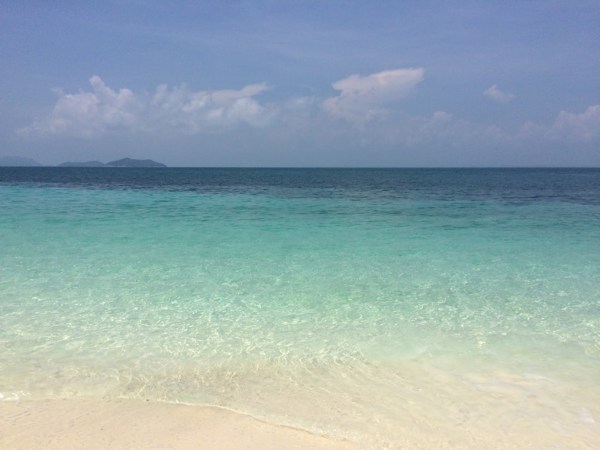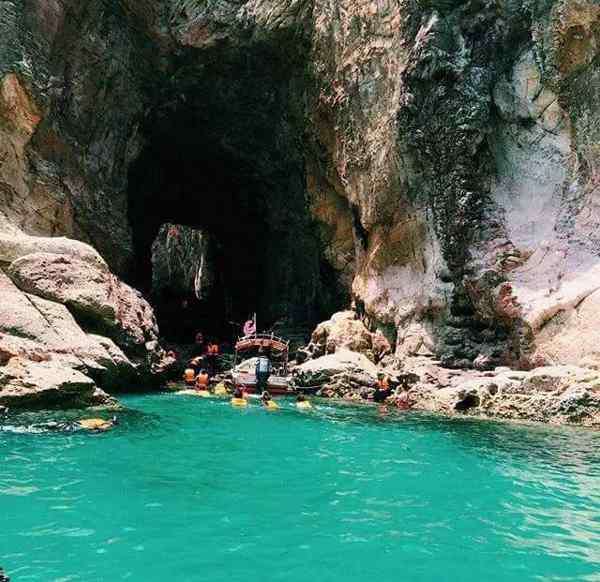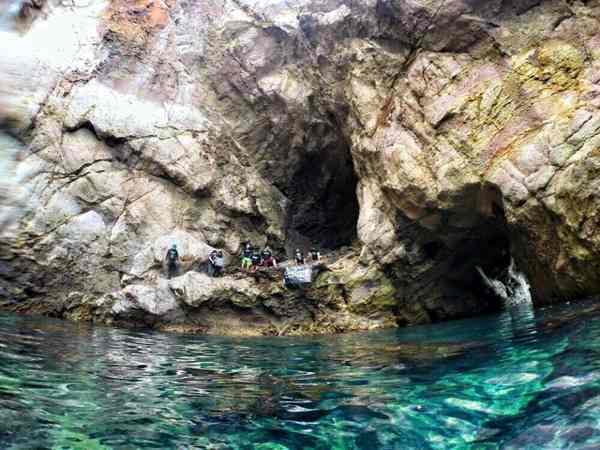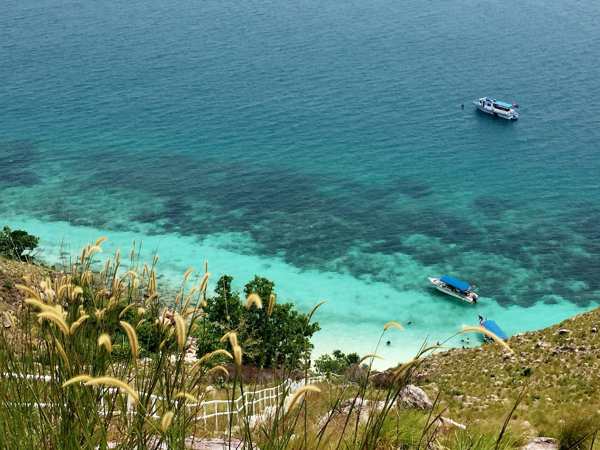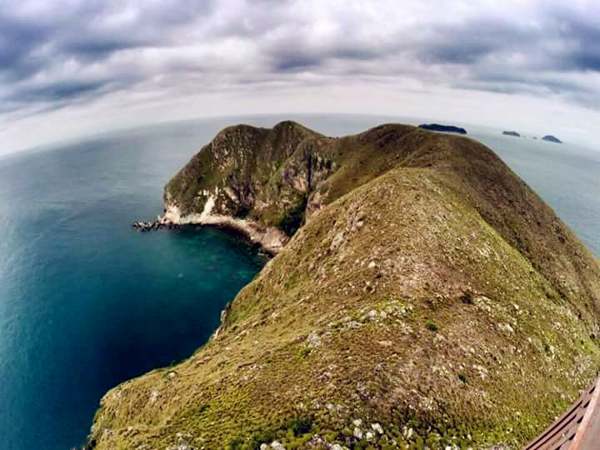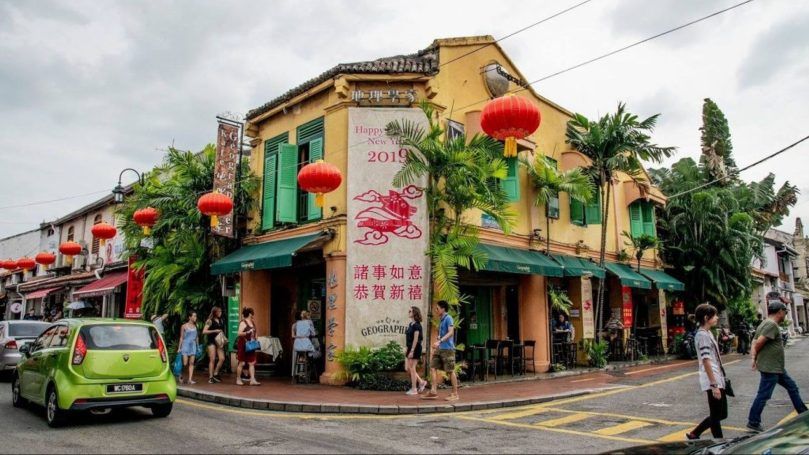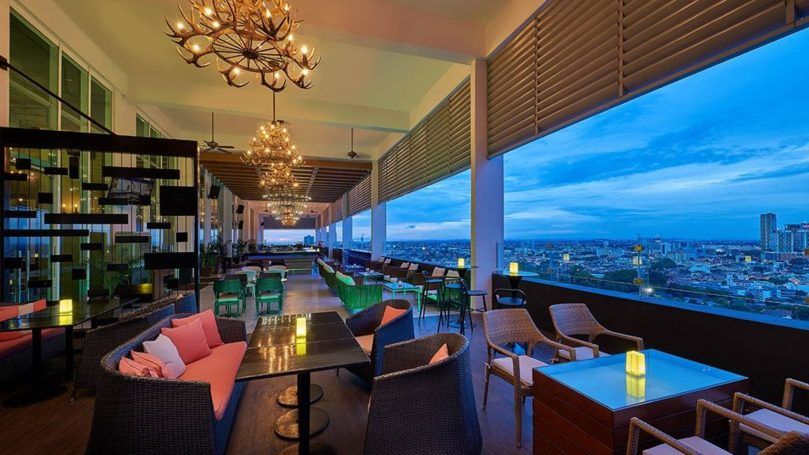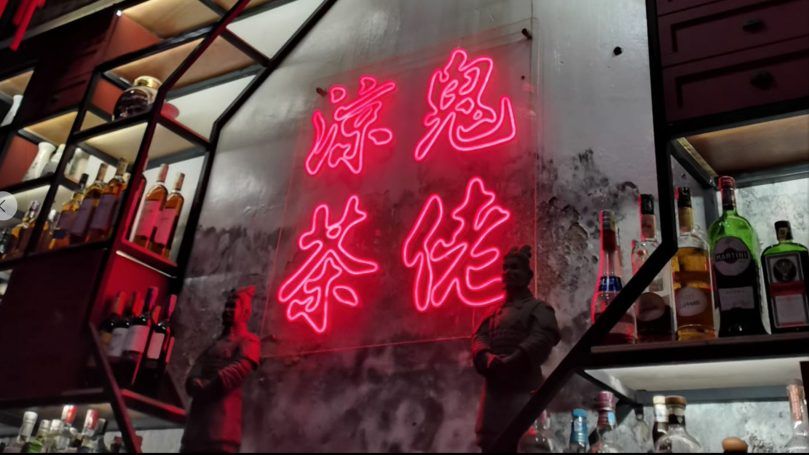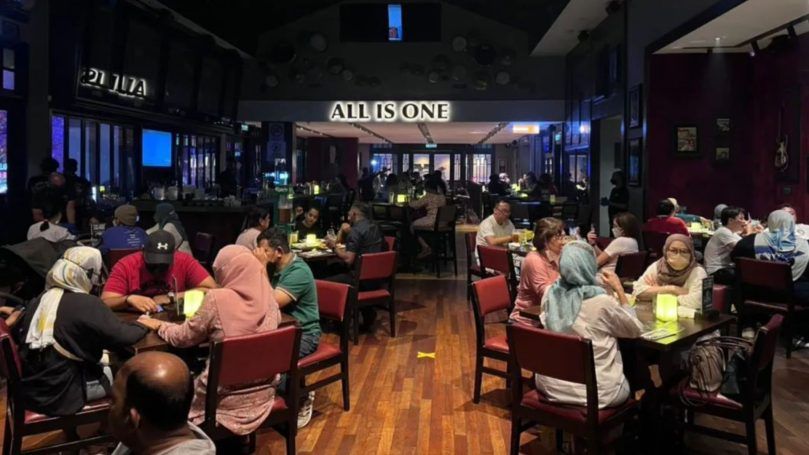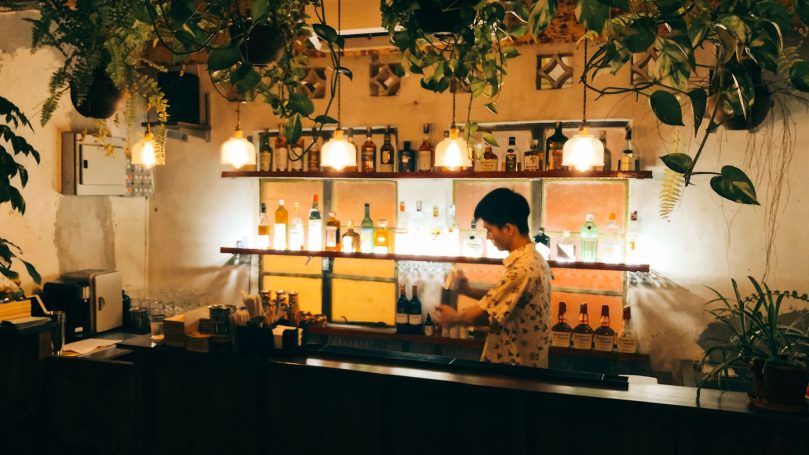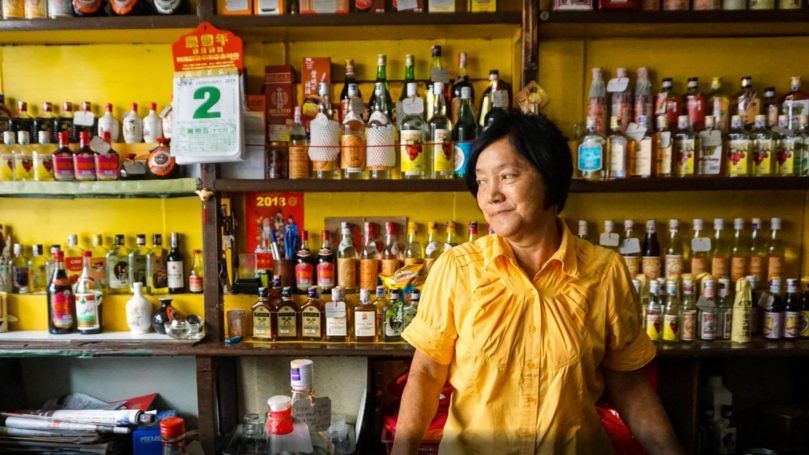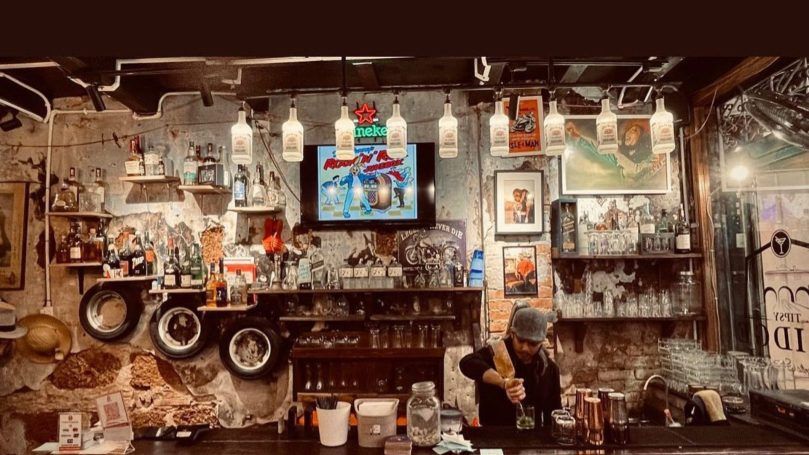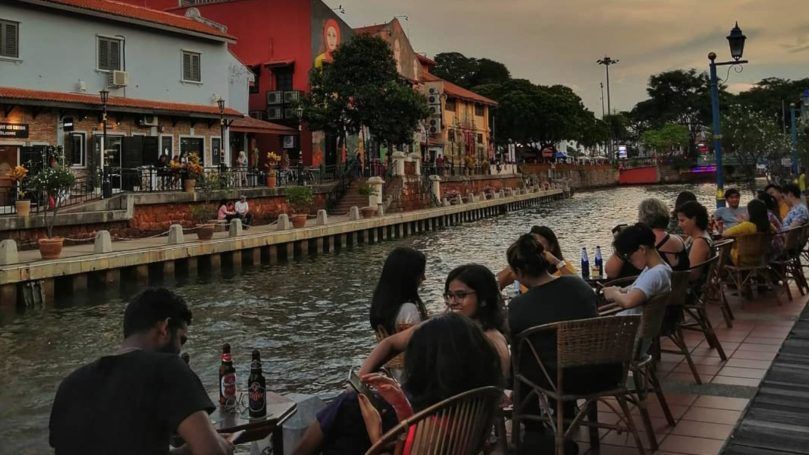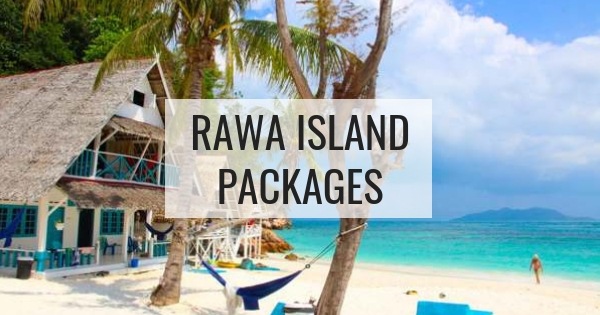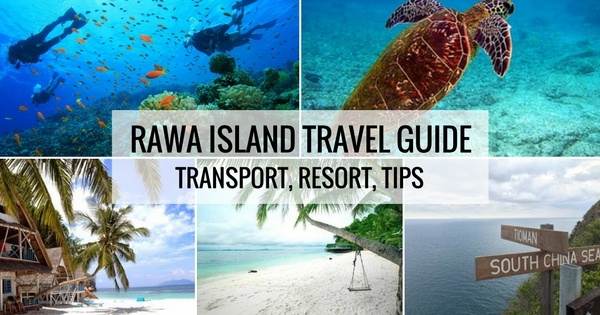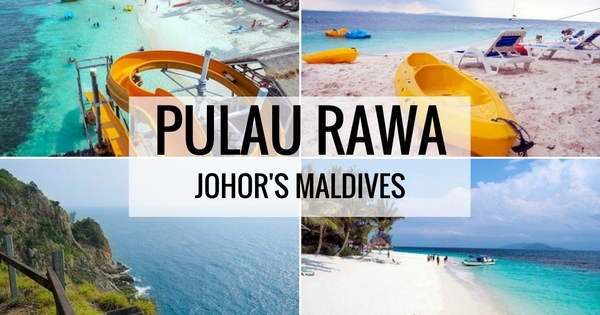
Located 16km off the east coast of Johor, Pulau Rawa is a private and secluded island possessed by Johor Sultanate.
Besides well-known for extremely white fine sands on the beach, the island is surrounded by mesmerising coral reefs that can be explored through snorkeling.
The interior of Pulau Rawa is covered completely with lush tropical rainforest, which is still the most mysterious and attracting part of it.
Sunbathe, snorkel, dive, swim and walk, Pulau Rawa is able to make your ideal vacation becomes real.
Why Stay in Pulau Rawa?
Looking for a short weekend getaways from Singapore? Pulau Rawa not only offering a peaceful and quiet environment all day long is but also perfect for the world of two but also family holidays, friends gatherings and even corporate retreats.
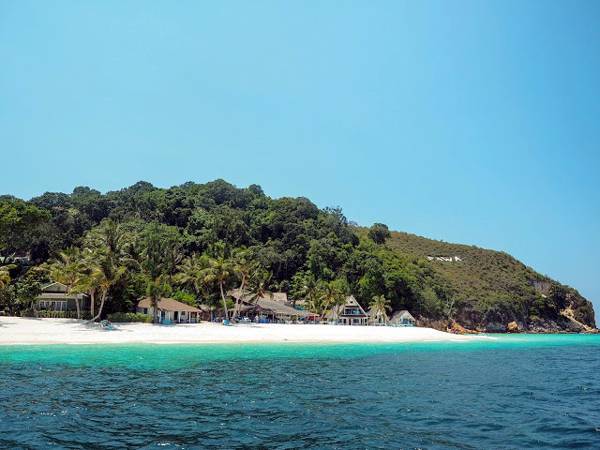
The island is unspoiled for its little development. Thus, it has all that a pristine island should have, whether it be clear water, clean environment or swaying palm trees.
There are hammocks around that visitors can relax and enjoy the beautiful sight of the island.
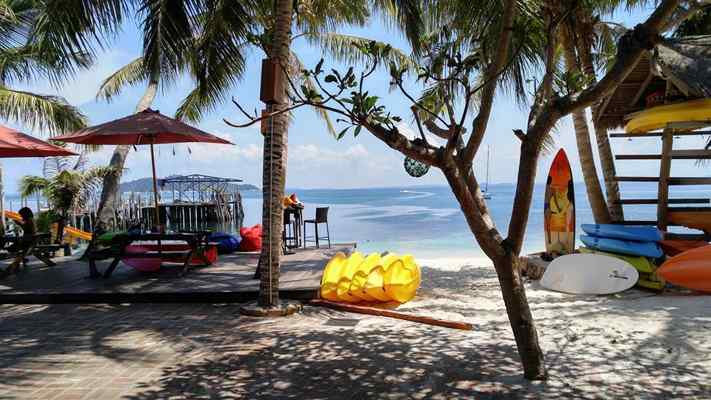
Also read: 10 Best Haven Islands off Mersing, Johor
Take advantage in the relaxing and exciting beach activities around.
Also, try your best to immerse yourself in this whole new world so that you can escape from daily busy life. After regenerating strength for a few days, you’ll be vigor returning to normal life.

At their legendary night (Saturday night), BBQ dinner with a wide array of delicious seafood and exquisite taste will be served to satisfy your appetite.
It’s also a party night that serves cocktails and you can see people dancing and chit-chatting all night long.
How to Get to Pulau Rawa
Pulau Rawa is easily accessible from Singapore. It requires road transfer from Singapore to Mersing jetty and another boat transfer from the jetty to the island.
Step 1: Land Transfer
The land transfer can be divided into two ways:
1.1 Singapore To Mersing Jetty By Bus
This is the cheapest ride but a bit hassle and slower as you need to clear the customs if you’re from Singapore. Several buses offer direct transfer to Mersing daily.
The fare costs ranging from SGD$30 to SGD$36.50 per way and the most common pick-up point would be Golden Mile Complex.
Step 2: Boat Transfer
You don’t need to buy a ticket for boat transfer, normally the rates are included in both Rawa Island resorts package, the resort you plan to stay will arrange it for you.
Be prepared that the boat might be delayed due to unfavourable tidal conditions. You may shop around while waiting for the arrival of the boat.
What to Do in Pulau Rawa
[ad_2]
Fill your vacation moments fun with thrilling water sports and beach activities. You’ll need a longer stay if you plan to experience all the activities offered in Pulau Rawa.
1. Snorkeling at Pulau Rawa
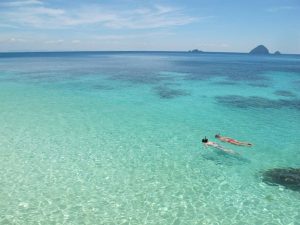
Get ready for a fantastic adventure that can be enjoyed for the whole family. In this watery wonderland, you’ll be surrounded by magnificent marine life and you are able to explore them closely.
2. Hiking at Pulau Rawa
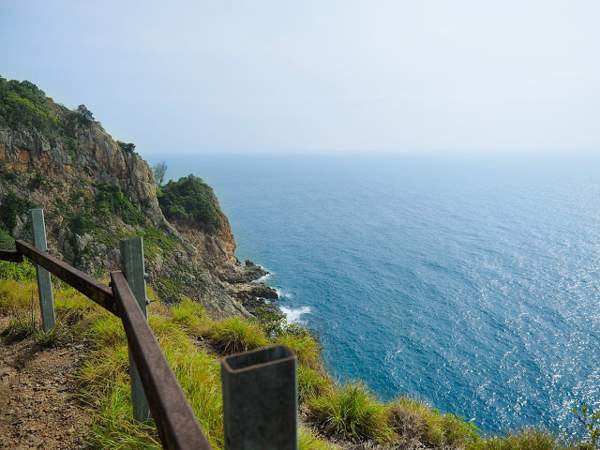
There are trails built for visitors to explore the island. The trail that leads to the hilltop offers panoramic views of island and its surrounding ocean. This 40 minutes adventure will definitely bring you closer to nature.
3. Island Hopping near Pulau Rawa
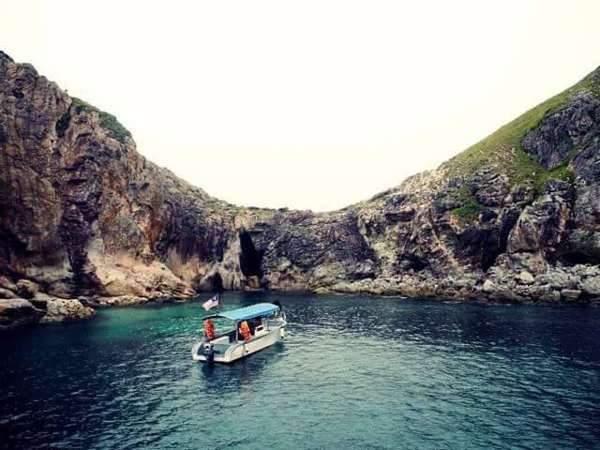
All the islands nearby such as Pulau Harimau and Pulau Mensirip have a unique history and beautiful parts that worth exploring.
You can also have a picnic any of the islands you fancy and enjoy the beauty of nature.
4. Kayaking at Pulau Rawa

A kayak trip makes you stay connected with nature in a unique way. Seeing the island from a different angle can be your most memorable adventure on Rawa Island.
Also read: 15 Fun & Memorable Outdoor Activities In Johor
[ad_2]
5. Scuba Diving at Rawa Island

Crystal clear water off Rawa Island offers the divers a wonderful diving experience. With the establishment of the dive centre, scuba divers can join their PADI courses that cater to different diving levels.
6. Beach Volleyball at Rawa Island

Beach volleyball is a fun game that can play for hours and not even realizing it.
Besides bringing health benefits, it keeps everyone involved in the game and you can even make new friends!
7. Relax on The Rawa Island’s Beach

The white sandy beach beckons sandcastle-builders and sunbathers to relax and have some fun.
Strolling along the beach and take in the stunning sunset can melt all your stress immediately. Hammocks are available around for relaxation too.
8. Water Slides at Rawa Island
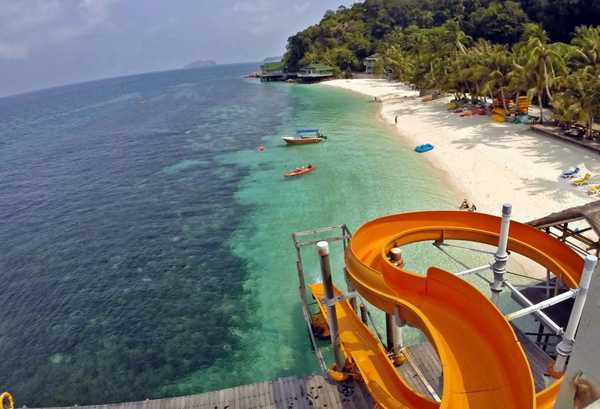
There are 2 slides around and both will get you to end up splashing into the sea. The blue straight slide is suitable for those who fear height.
And for the orange slices, it’s higher and you will enjoy twists and turns while gliding down the slides.
Where to Stay in Pulau Rawa
In this peaceful island boasts only 2 beautiful resorts and both of them are renowned for providing outstanding customer services.
[ad_2]
1. Alang’s Rawa Resort
By providing warm hospitality, the resort is proud of receiving many return guests each year. It’s often rated a sweet and caring resort rather than luxury and big.
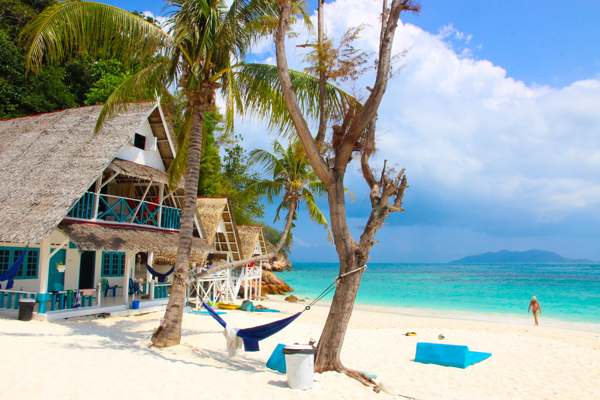
Offering great deals packages that include accommodation, all meals, and even boat transfers, Alang’s Rawa Resort aims at convenient their guests and make billing as simple as they can.
All the rooms are elegant and comfortable and each of them boasts excellent views of the blue sea.
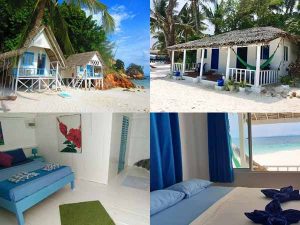
At the adjoining restaurant, Rawa Special Fish is their highlight dishes. They also create a comprehensive menu that could fulfill the wide range of needs of their guests.
Also read: 15 Best Beach Resorts in Johor
You can go to any water sports while staying here. The resort offers free snorkels, snorkel masks, and kayaks. All you need to do deposit RM50 per equipment and enjoy your day!
2. Rawa Island Resort
Rawa Island Resort is a warm and big resort enveloped in the natural beauty of Rawa Island. They have well-trained staff to make your stay comfortable and fill with enjoyment.
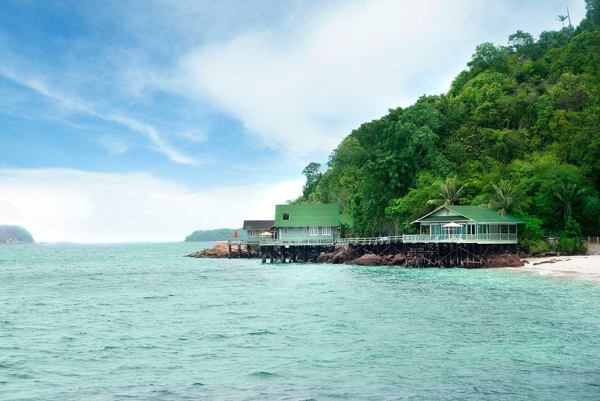
Photo credits: rawaislandresort.com
For accommodation, the resort caters to different traveling groups such as families, couples, group of friends and even single travelers. Modern facilities and amenities are well-equipped to ensure a pleasant stay.

Offering a wide range of water sports and beach activities, the resort lets you choose your ideal ways to enjoy Rawa Island to the fullest. You can also indulge in their spa that offers Thai massages for complete relaxation.

Please take note visitors are prohibited from littering and taking any marine life home, even if it’s dead because the island is a preserved area.
Front Office Address: Rawa Island Resort, Tourist Centre, Jalan Abu Bakar, 86800 Mersing, Johor, Malaysia.
Phone: +607 – 799 1204 / +607 – 799 1205
Pulau Rawa Map
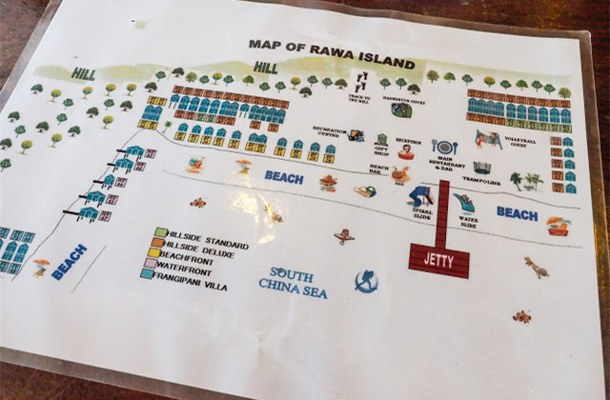
When is The Best Time to Visit Pulau Rawa
The island is closed during monsoon season (October to February). This is due to strong winds blow and rough sea may cause harm and danger to the visitors. Hence, travel within this period may lead to disappointment.
To get the best sunny days with bright sunshine, plan your visit between April to September especially during June and July. The weather, water, and everything is great for water sports!
Travel Tips to Rawa Island
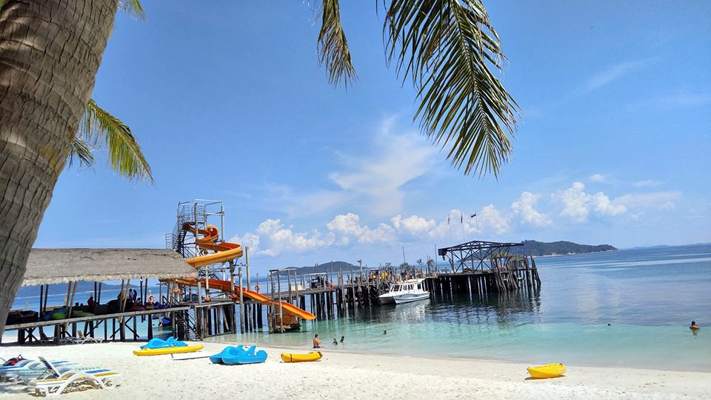
- Bring only cash as you cannot use the debit card and the credit card here.
- Forget to draw some cash? No worry as ATM is available at the Mersing jetty.
- Bring medicines along as no hospital and clinic is built here.
- Do not travel during monsoon season. It will ruin your vacation.
- Boat transfers are always included in travel packages.
